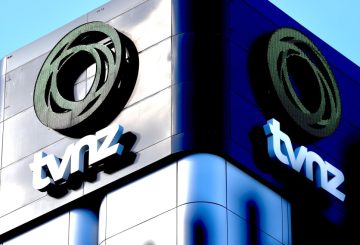Сотрудники скорой помощи и дежурные скорой помощи Святого Иоанна впервые объявили забастовку. Эта 24-часовая забастовка состоится во вторник, но Сент-Джон обещает продолжать реагировать на опасные для жизни чрезвычайные ситуации. Люди могут продолжать звонить 111 за помощью.
Забастовка затронет работников в течение первых четырех часов смены — с 4 утра во вторник до 4 утра в среду. Самое загруженное время забастовки — с 6:00 до 10:00 и с 18:00 до 22:00, когда большинство сотрудников будут работать по графику.
Марк Куин, секретарь Ассоциации скорой помощи Новой Зеландии, выразил разочарование забастовкой. По его словам, рабочие разочарованы после 19 месяцев безуспешных переговоров. «Это отвратительно. Нам впервые пришлось уволить нашу рабочую силу. Персонал сыт по горло», — заявил он. Он отметил, что рабочие едины и недовольны ситуацией в Сент-Джоне.
Скорая помощь Святого Иоанна утверждает, что она не сможет улучшить свое предложение по оплате труда без дополнительного государственного финансирования. Дэн Ос, директор отделения скорой помощи, заявил на прошлой неделе, что они сделали новое предложение профсоюзам, получив часть финансирования. Однако этого предложения оказалось недостаточно, и переговоры не увенчались успехом. Сент-Джон решил подготовиться к забастовке вместо того, чтобы продолжать переговоры.
По словам Оса, Министерство здравоохранения Новой Зеландии и ACC в курсе ситуации, но у них нет дополнительных средств для оказания помощи Сент-Джону. Он надеется, что они порекомендуют министрам выделить дополнительные средства, которые затем можно было бы использовать для оплаты труда персонала.
Однако Куин отметил, что профсоюзы застряли между Сент-Джоном, спонсорами и правительством. Он выразил обеспокоенность по поводу финансового управления Сент-Джоном и поинтересовался, куда идет финансирование. Он отметил, что нынешнее предложение по зарплате даже не соответствует инфляции.
Похоже, следующая забастовка состоится в субботу, как и планировалось, в 4 утра. Профсоюзы и Сент-Джон снова встретятся не раньше 29 и 30 августа. По словам Куина, профсоюзы готовы к переговорам в любое время и ждут ответа Сент-Джона.






























































